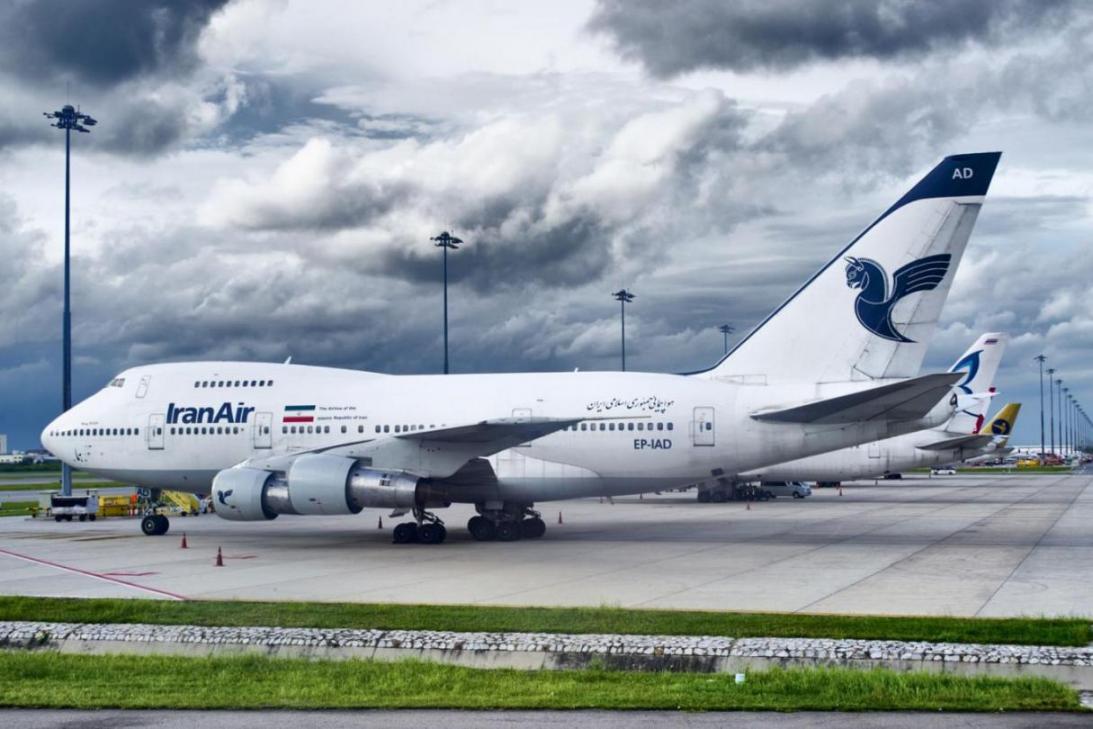Boeing won US approval to sell its first jetliners to Iran in almost 40 years, paving the way for the biggest business transaction between the two nations since the 1979 Islamic Revolution.
The US Treasury Department granted licenses to Boeing and Airbus Group SE on Wednesday for the first of a flurry of aircraft orders that Iran is counting on to upgrade an aging fleet.
Airbus won approval to export the first 17 jets in a $27 billion transaction announced in January as economic sanctions were eased. Boeing is still finalizing terms to provide as many as 109 jets to Iran Air, the Chicago-based planemaker said in an e-mailed statement, Bloomberg reported.
“It removes some uncertainty,” Howard Rubel, an analyst at Jefferies, said of Boeing’s license. “It says that commerce is important and commerce builds bridges. It is also a pathfinder for other people that may want to do business with Iran over time.”
Boeing’s last airplane deliveries to Iran consisted of 747 jumbos that arrived in 1977, two years before the revolution, according to the company’s website. The Islamic Republic’s flag carrier would add more of the iconic, humpbacked 747s, as well as 777 and upgraded 777X wide-body jets under a $17.6 billion order for 80 Boeing aircraft. The US manufacturer is also helping Iran Air line up another 29 planes from leasing companies.
“Any final sales agreement would have to adhere to the license we’ve been issued,” Mark Sklar, a spokesman for Boeing, said by email.
Boeing rose on the news, advancing 2.2% to $130.56 at the close in New York, tied for the biggest gain on the Dow Jones Industrial Average.
The company faces risks and uncertain rewards, as it vies with Airbus to replace Iran’s aging fleet. Congressional opponents have vowed to block the exports. Boeing may also need to leave wiggle room to back out of any potential orders if the next US president decides to reinstate sanctions.
With Boeing Deal, Americans Coming to Iran
Long before the first newly purchased Boeing airliner lands at Tehran’s Imam Khomeini International Airport, Iran and the United States will have had to come to terms with a new reality: American citizens will once again be taking up residence in Tehran, the first to do so since the Islamic Revolution and subsequent hostage crisis in 1979 and 1980, wrote the New York Times.
When the United States on Wednesday gave the green light for the direct sale of western planes to Iran, much more than nearly four decades of sanctions on such deals came to an end. Not that the deals approved by the Treasury Department are insignificant: 80 Boeing jets and an initial batch of 17 Airbus planes out of a potential total of 118.
But the sale will have the important effect of ending an era of absolute isolation between the countries. Boeing will almost certainly have to open an administrative office in Tehran and technicians will have to move here to train their Iranian counterparts in the care and maintenance of the planes. Among them, almost certainly, will be many Americans.
That seems to be exactly what the United States had in mind in approving the deal, Iranian analysts say.
“Once this deal is a fact, it will be much harder for the hardliners to try to prevent relations with the United States,” said Farshad Qorbanpour, a political activist who supports Iran’s President Hassan Rouhani.
“Nobody can deny that with the planes, people and know-how will enter Iran.”
Word of the Boeing and Airbus deals came, as Rouhani was attending the United Nations General Assembly in New York. Speaking at a news conference on Thursday, the president said Iranian officials already had developed relationships with counterparts at both aviation companies through “many visits”, and that Iran welcomed foreign businesses and investments.
“I do not see any problems,” he told reporters. “It is the United States government that is responsible for keeping American companies from the Iranian market. If Americans have problems, they need to resolve their own problems.”
Buying planes from the United States, opening a Boeing office or having American representatives at an international airport might seem insignificant. But they represent a tectonic shift in relations.
In 1980, when ties between the countries were severed, all 140,000 Americans living in Iran were forced to leave. The United States Embassy was turned into an ideological museum and all American businesses left over the years, as sanctions made commerce increasingly difficult, and more recently, impossible.
The bureaus of The New York Times, Bloomberg and some other news media organizations were long the only official American entities allowed to operate in Iran, either by the Iranian authorities or under United States sanctions.
When Conoco won an oil contract in Iran in 1995, it secretly opened an office in Tehran, only to close it when Congress adopted tougher sanctions.
Many Iranians hope the January nuclear deal, which led to the lifting of some of those measures, changed all of that, citing the jetliner deal as the start of a new era. “We are getting to a point where the gap between economic relations and political normalization is gradually getting smaller,” said Saeed Laylaz, an Iranian economist close to the government.


